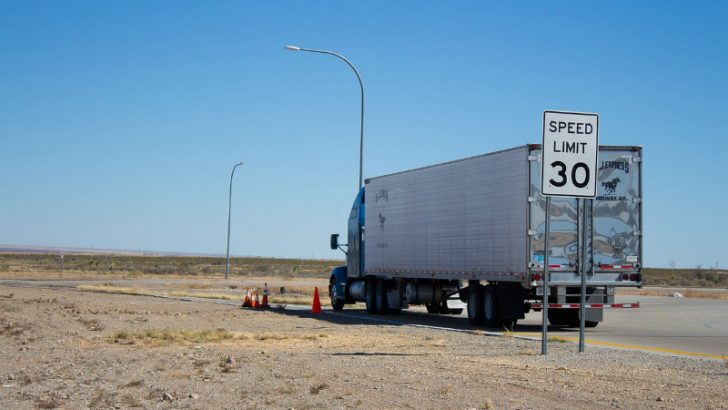
According to a new Frost and Sullivan Report, blockchains will account for 10–15% of commercial vehicle (CV) industry transactions by 2025. The Report, which covers Heavy, Medium and Light Duty trucks, suggests that an increasing use of blockchain technology will go hand in hand with other advances in CV technologies – such as digital transformation, the rise in automation, logistics systems and the proliferation of fintech.
All are influencing trucking. All are expected to drive the adoption of blockchain technology for the CV sector.
Key advantages for the commercial vehicle industry
The primary advantages of blockchain for the CV industry include:
- added transparency on ownership, price and processes
- accelerated payments and reduced paperwork
- enhanced security
- reduction of fraud
- elimination of middlemen
- streamlining of supply chains.
All this will not happen overnight. Rather it will gradually increase over the coming years and especially after 2020.
One caveat mentioned is that progress will be “largely dependent on the level of automation and proliferation of technology in the industry mandating support for these advances’. Nevertheless, according to Frost and Sullivan, introduction of blockchains will have radical effects. Simplification and acceleration of business operations will be available for all key stakeholders in the trucking industry. This will enable stakeholders involved right across all parts of logistics supply chains to interact via a common platform.
Blockchains change industries
Blockchain technologies are already in place, though most are pilots or early initiatibes. Industries where adoption exists include:
- the food supply chain industry
- logistics industry (led by Maersk and IBM with use of the Hyperledger platform)
- Toll Collection Systems (TCS) through a truck wallet system created by Blockchainfirst.
If you think about just these three examples and their interactions, the potential for blockchain to transform fleet operations becomes obvious. All three constantly seek improved efficiencies. Adding sustainable benefits, access and security represents jam on the bread.
Commercial vehicle fleet impacts
For truck fleet operators blockchain solutions should impact:
- not only the obvious areas of efficiency, transparency, security and time reduction
- but also cost reductions across leasing, insurance, service and maintenance, refuelling, parking, freight brokering and cargo safety.
According to Frost and Sullivan, this may not be all. By placing vehicle purchasing processes on a common platform, fleet operators and their financiers will be able to share information. This should reduce fleet acquisition costs before morphing into improving efficiency and reductions in operating costs.
What does this mean
The penetration of blockchain platforms in the CV industry is currently limited to selected solutions, such as those from Hyperledger, BigchainDB and Blockchainfirst. These focus on vehicle tracking, recharging and automated toll collection for trucks. According to the Report, by 2025, 10–15% of CV industry transactions will be on a blockchain.
However, the bigger picture is possibly more important. What Frost and Sullivan illustrate is how adoption of blockchain technologies can unify and simplify. Arguably the largest single problem in the IT world is the existence of silos. These are ingrained within organisations as well as within industries. Truck leasing is not the same as toll collection nor customers’ supply chains.
Conceptually, what blockchains can do is break down traditional barriers. Much may be ‘outside in‘. Disestablishing silos within enterprises is hard. There are too many entrenched interests, even in small organisations. If, however, external competition requires change – for example by reducing costs or improving service through the use of openly accessible blockchain technologies – then it will be the outside forcing adaption in(to) enterprises and across silos.
That this can occur across industries is a dimension that few seem to have considered. The value if this report is less about the CV industry than as a view of how a collection of industries will alter and oblige participants to adapt.

























